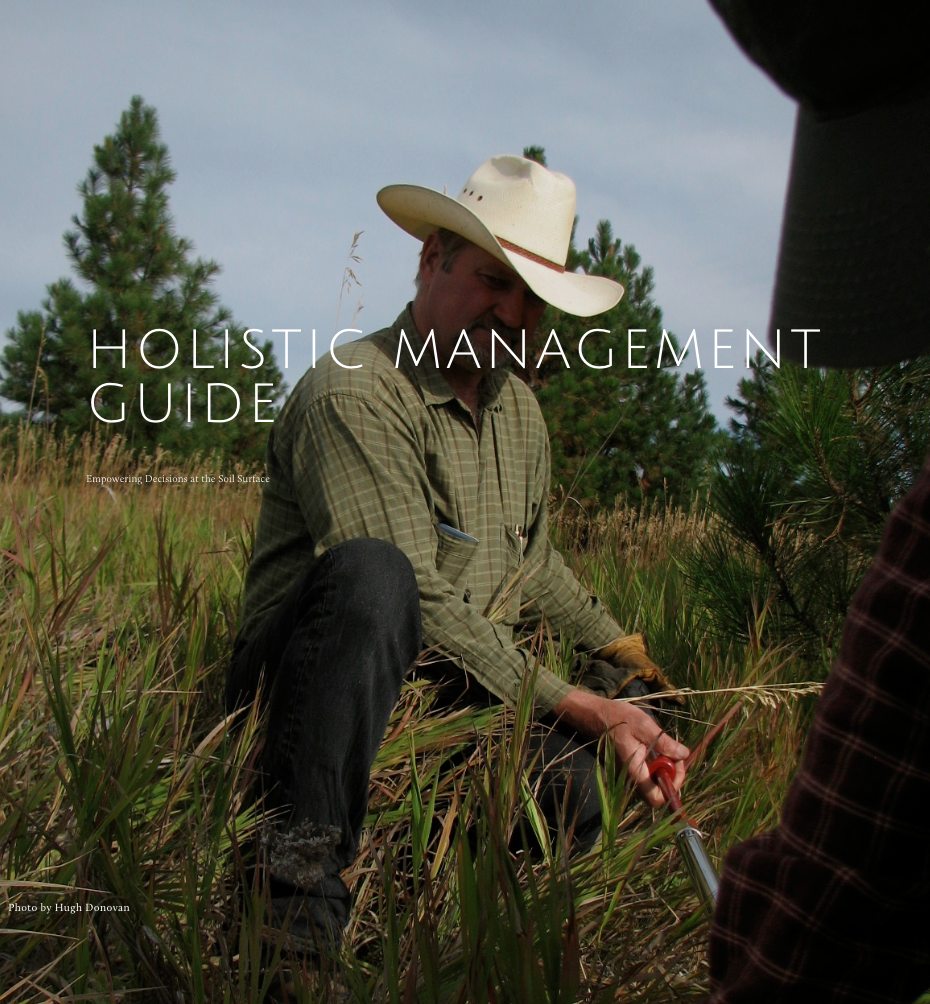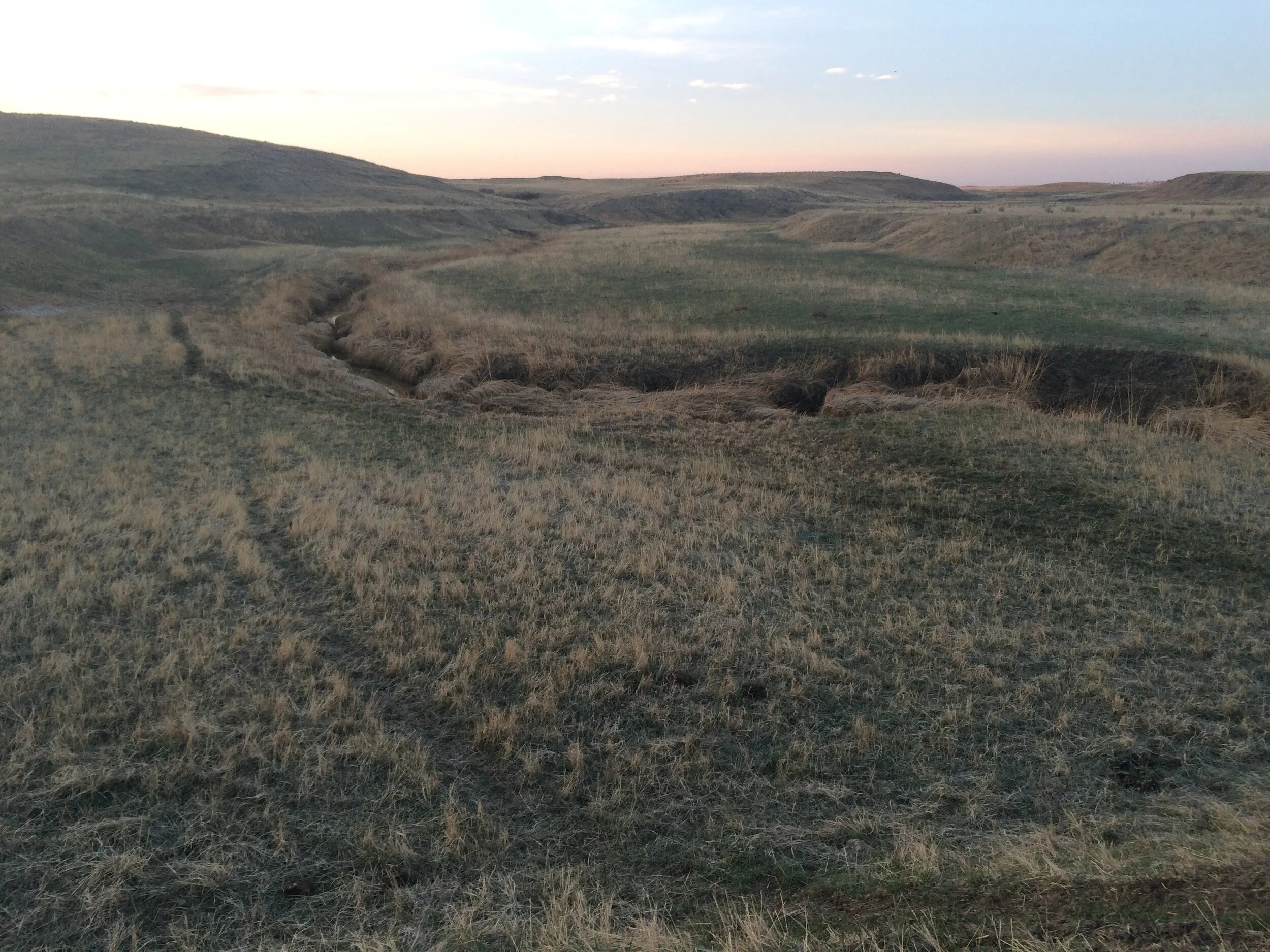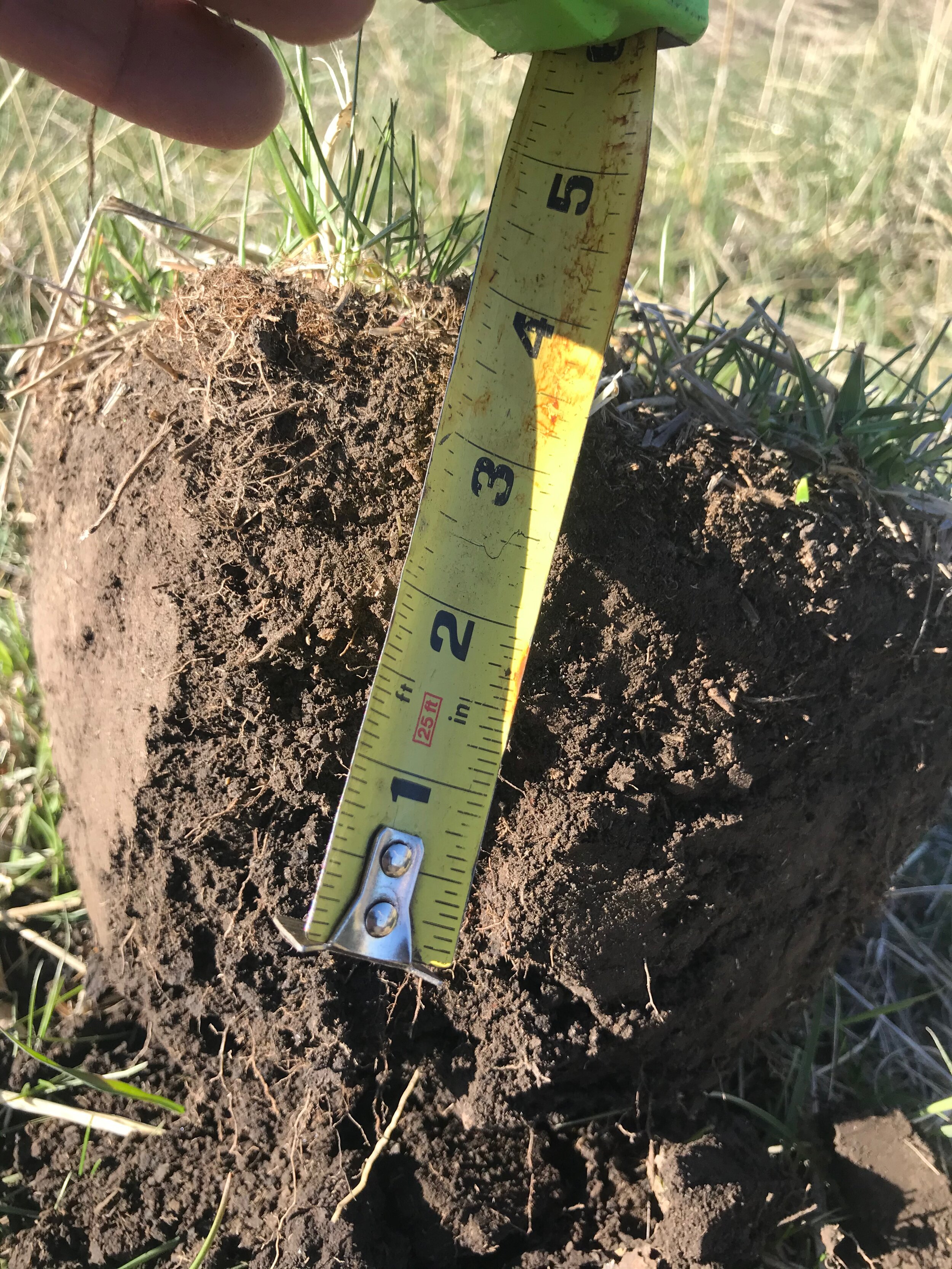Managing for Drought, While Reversing Climate Change
Most of us, including me, react to drought rather than prepare. The writing was on the wall in April with growth 30 days behind usual, waving a yellow flag. I turned our cattle out before the critical 3 ½ leaf stage and stunted potential production. Our usual recovery period for springs fast growth of 40 days stretched into 60 days. As the drought settled in, Andrea got a bunch of sheep and some old cows sold on Craig’s List. Hay was already increasing in price but we laid in enough to meet our best-case scenario early. Our neighbors say it’s the worst dry in these parts that they remember. Based on current climate change trends, droughts will increase in intensity and frequency.
Drought management begins years before the dry. Building a resilient, or regenerative ecosystem increases our production, postpones drought, shortens drought, we recover from drought more quickly, and will reverse climate change. It sounds simple and it is if we adhere to basic, fundamental, Holistic Management principles. Think of it in terms of the water cycle.
Preparing for drought
One river carrying sediment merging with another river.
The water cycle begins where the raindrop hits the earth. It can land on a rock, capped soil, dead plant material, soft soil, or a living plant. One of three things happens once the raindrop crashes into the earth. It can evaporate into the atmosphere and leave no trace. It can flow and drag soil to the river, and the next river, and the next and the next. Or it can nestle into the soil mantle and soak and saturate the soil, water plants, recharge groundwater and build aquifers.
A soil rich with soil organic matter (SOM), a diverse and complex plant community and a covered soil surface postpones the drought. A healthy water cycle also ends the drought sooner, if we have been diligent in keeping the soil surface covered with plant litter and a vigorous plant community, we are ready to receive the rain. Because it will rain again. Someday. As my Holistic Management mentor, Kirk Gadzia says, “It doesn’t rain grass.” Meaning that if we haven’t secured a stable water cycle, the eventual rains will simply evaporate or run to the ocean. Prepare the soil surface to capture the raindrop.
Preparing the headwaters
Plant diversity and full recovery following grazing helps build soil organic matter and sequester carbon.
Proper grazing management that minimizes the time of grazing and trampling and allows for plant recovery during the good moisture years will shorten drought. Holistic Planned Grazing helps keep us posted on these fundamentals. Proper grazing management will increase SOM by 1-2% in 3-5 years. Nicole masters, the renowned soil scientist, reminds us that the most important ingredient to healthy soil is not minerals or even microorganisms but air. SOM allows for air pockets and space for all of the things that turn dirt into soil. That space also holds water. In fact, one percent of SOM can hold up to 28,000 gallons per acre. That equates to a bit more than one inch of rain. A mere 3% of SOM can capture a three-inch rain to grow grass, recharge groundwater, and aquifers.
Why is this important? Water blankets our planet as the largest greenhouse gas, trapping heat. Holding moisture in the soil mantle to recharge groundwater and aquifers keeps water from insulating our atmosphere. Practices building SOM also sequester carbon and reverse climate change.
Preparing the river
Incised channels suck the floodplain dry.
Proper grazing management also keeps rivers and creeks functional. Down cut channels suck all of the water out of the floodplain and whisk it out to the basins early in the spring. Degraded rivers fenced off from grazing will improve initially but after a few years, old-wolfy plants die, plant litter stacks up, and fails to recycle. The accumulating thatch provides germination for tap-rooted weeds, like Canada thistle and teasel, rather than a diverse grass, forb, and shrub community. Early grazing also opens the grass canopy for sunlight to grow willow seedlings. Managed grazing keeps a vibrant and healthy plant community right down to the base flow. This “green line” stabilizes riverbanks and high flows run out of the banks and spread across the flood plain to saturate, cool, and slow return flows for the hot season. Functional rivers connected to the floodplain make us more resilient, especially during dry years. If we slow the flow by getting the raindrop into SOM on the uplands and connect rivers to floodplains, springs and seeps will feed the river all summer long.
Preparing the floodplain
Over-irrigation suffocates our soil through compaction. By monitoring available water content, we can avoid this unintended consequence. Compaction creates a shallow barrier to roots, preventing them from accessing deeper moisture, minerals, and nutrients. Consequently, the manager must compensate by adding fertilizer, pesticides, and evermore irrigation, perpetuating the cycle of dependence. In general, we don’t want to irrigate until the available water content of 50% drops to at least 8”. We want our riparian vegetation to work for a living and send their roots down after the water; the deeper the better. Over irrigation allows the plants to be lazy, resulting in shallow roots, compaction and the soil can’t breath. Deep roots build regenerative soils for better water retention and less exposure to drought.
If the soil sticks together well enough to make a ball, there is 50% available water content
We might also consider sustaining a plant community adaptable to our local climate. In northeastern Oregon, we have annual precipitation of 16 inches. How much irrigation can our plants stand before we create a climate that cannot be resilient during a drought? Our water rights reserve three-acre feet, which would be 36 inches or 225% of our climate. It seems such massive irrigation would create an entirely different climate, not to mention soil compaction. Better to supplement our upland meadows in line with our natural environment so they are resilient during drought.
High mountain meadows in most of the western United States are composed of cool-season plants. These plants evolved to shut down or senesce when temperatures reach 70 degrees. In Northeastern Oregon, this typically happens around mid-July. Continued irrigation may keep cool-season plants green but they will not produce significant biomass. By keeping this potential irrigation water instream during the hot season, we can keep rivers alive, grow riparian vegetation, and cool rivers for salmon and other aquatic life.
Preparing for more frequent and intense drought
Drought has always been a factor on the grasslands of the world but climate change has been increasing the frequency and intensity. Reversing climate change will not be resolved simply by planting trees. Properly managed grazing increases biodiversity. The New York Times reports that decisions addressing climate change often damage biodiversity, but decisions increasing biodiversity address climate change. Manage for biodiversity first.
Agriculture and Holistic Planned Grazing are key to increasing biodiversity. This is particularly true on the brittle grasslands of the world where plant material tends to decompose chemically through oxidation and fire. Many of these grasslands are now grain fields that have lost biodiversity and degraded the soil.
Bring it home to your context
In the Pacific Northwest, salmon declines are the elephant in the room for climate change. Idaho Congressman Mike Simpson has initiated a plan to address a root cause of salmon loss and hence, biodiversity. His proposal to plan for the removal of the lower Snake River Dams, retool our region’s energy infrastructure, and invest in headwaters communities will remove the bottleneck to salmon recovery and move resources upstream to restore salmon spawning grounds while building regenerative agriculture. We need more bold initiatives like this if we are ever to get ahead of the climate curve.
Little Creek trying to reach the elusive flood plain.
Experts warn that a catastrophic event such as drought could devastate the potential for salmon recovery. It’s time we evaluate our old habits and practices that damage biodiversity. Season-long grazing; over-irrigation; hot season irrigation; plowing, fertilizing, and spraying of grasslands; and fencing off rivers to mention a few.
As we identify the root causes of problems, we will recognize most mainstream dams as obsolete. We live in a different world today. We have wind and solar generation. We are no longer a downstream colonial, export economy. We are adding value with market gardens, grass-finished beef and lamb, and other value-added businesses pulling profit margins upstream, just as salmon once imported the ocean’s nutrients to the floodplains of our headwaters.
Stating the Obvious
The arch of knowledge extends beyond our memory. The world’s grasslands and headwaters of our rivers evolved with grazing animals on the move for protection from pack-hunting predators. Nature minimized overgrazing and we can mimic that with human creativity.
We now know that season-long grazing damages our uplands, our rivers, and our ecosystem. Why would we continue that practice?
We now know that over-irrigation suffocates our soils. Why would we continue that practice?
We now know that climate change is a symptom of biodiversity loss. Why would we avoid an action increasing life and biodiversity?
We know that endangered species are a messenger of unintended consequences causing biodiversity loss. Connect the dots stop treating symptoms and address the root causes.





